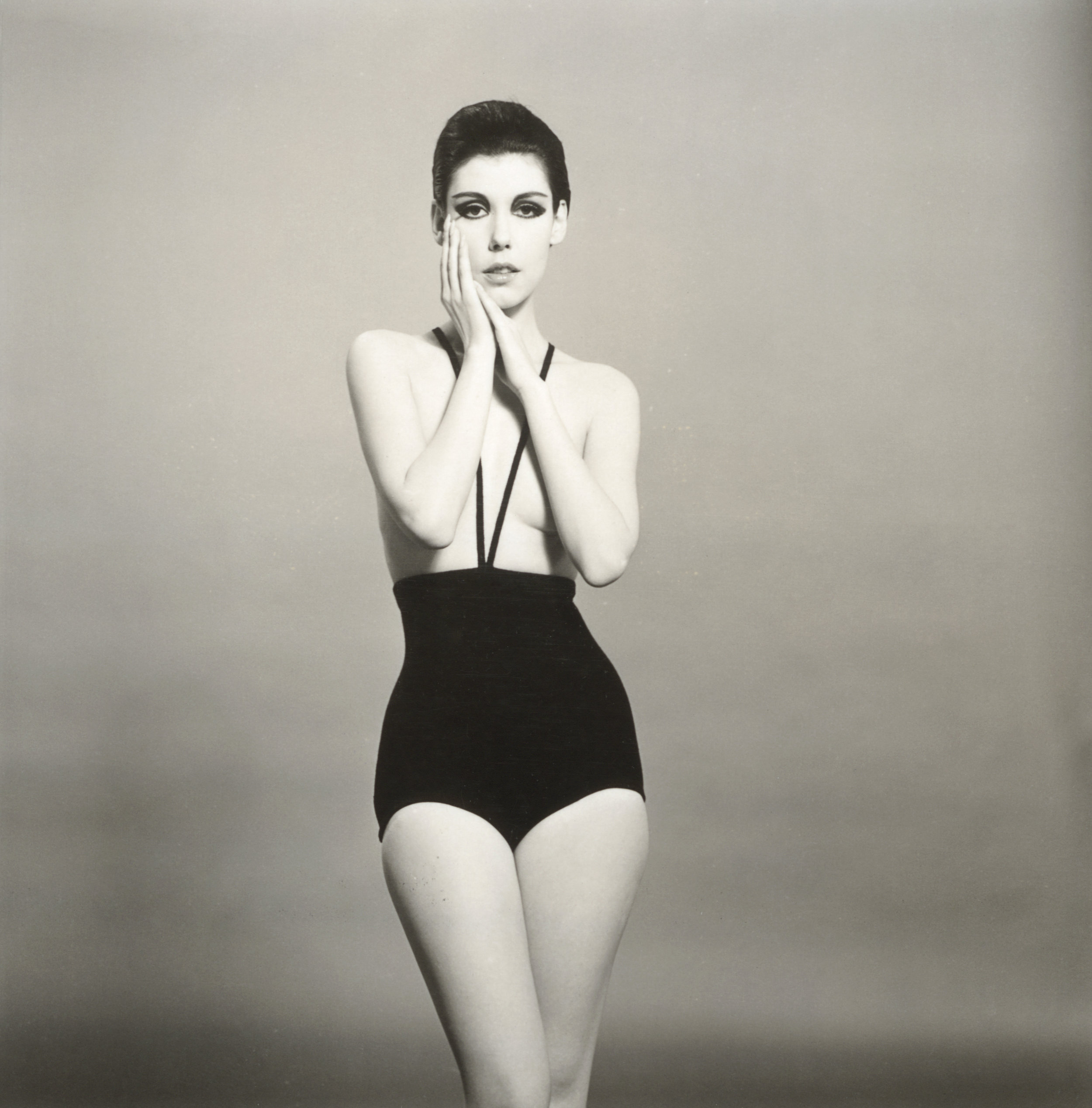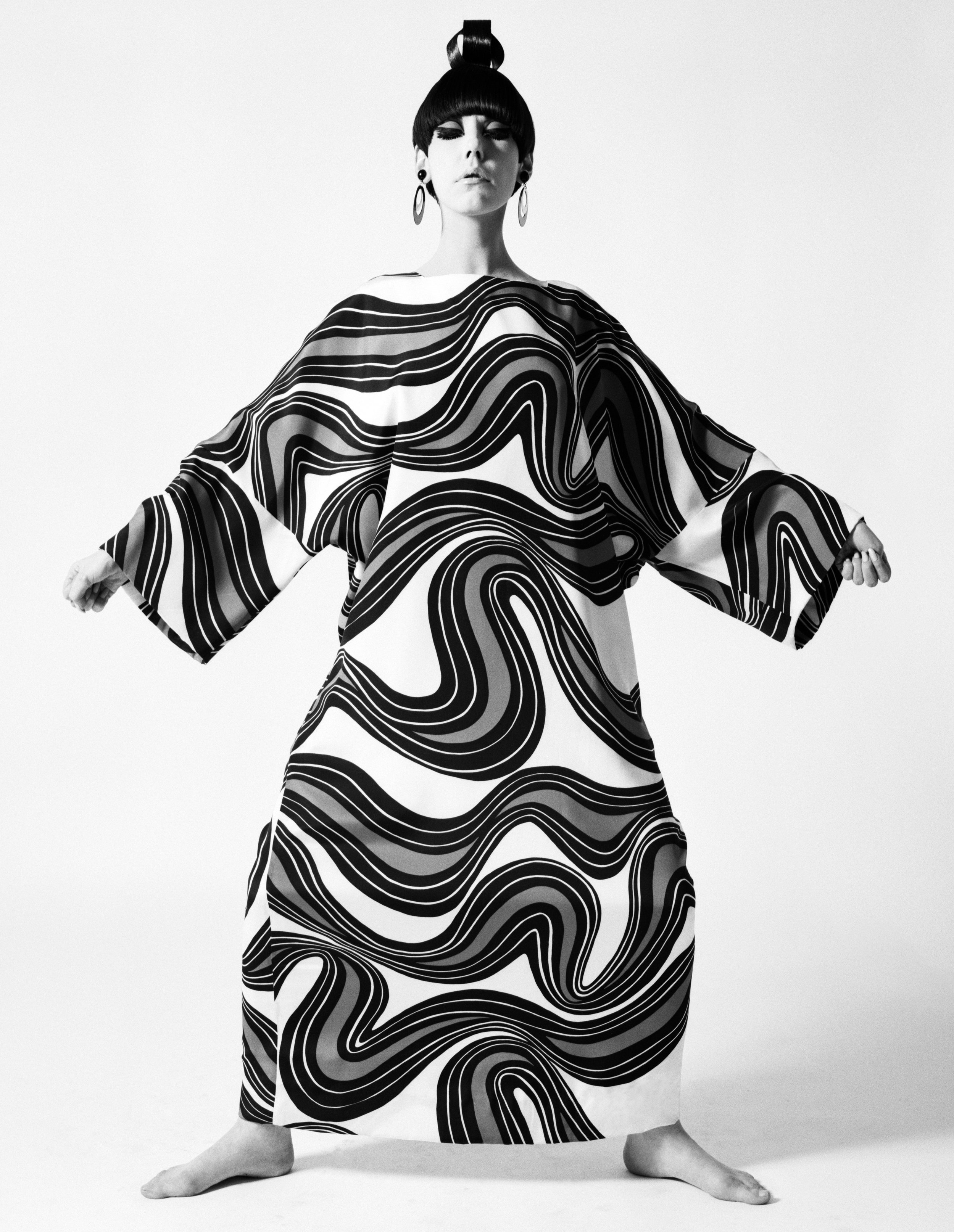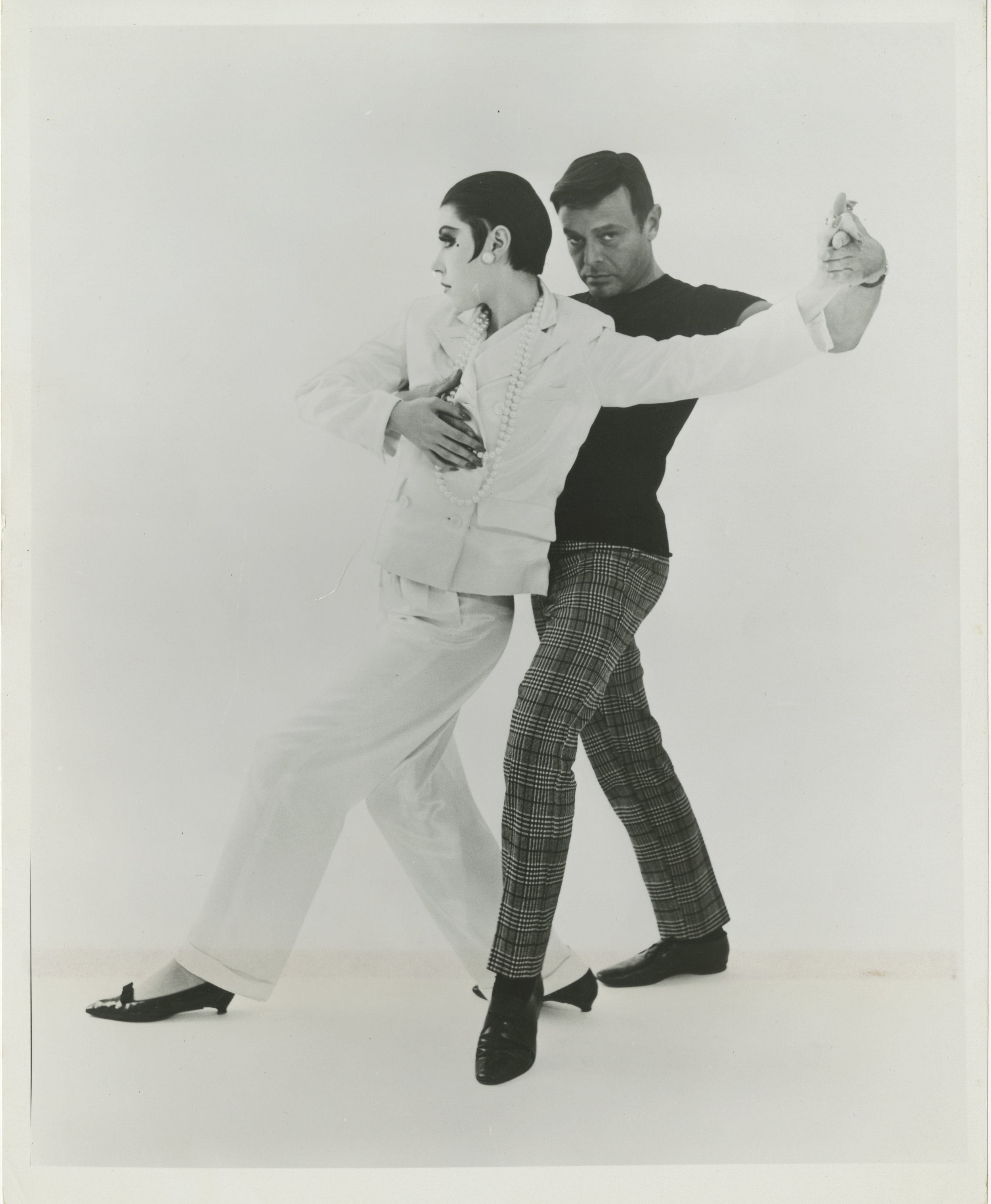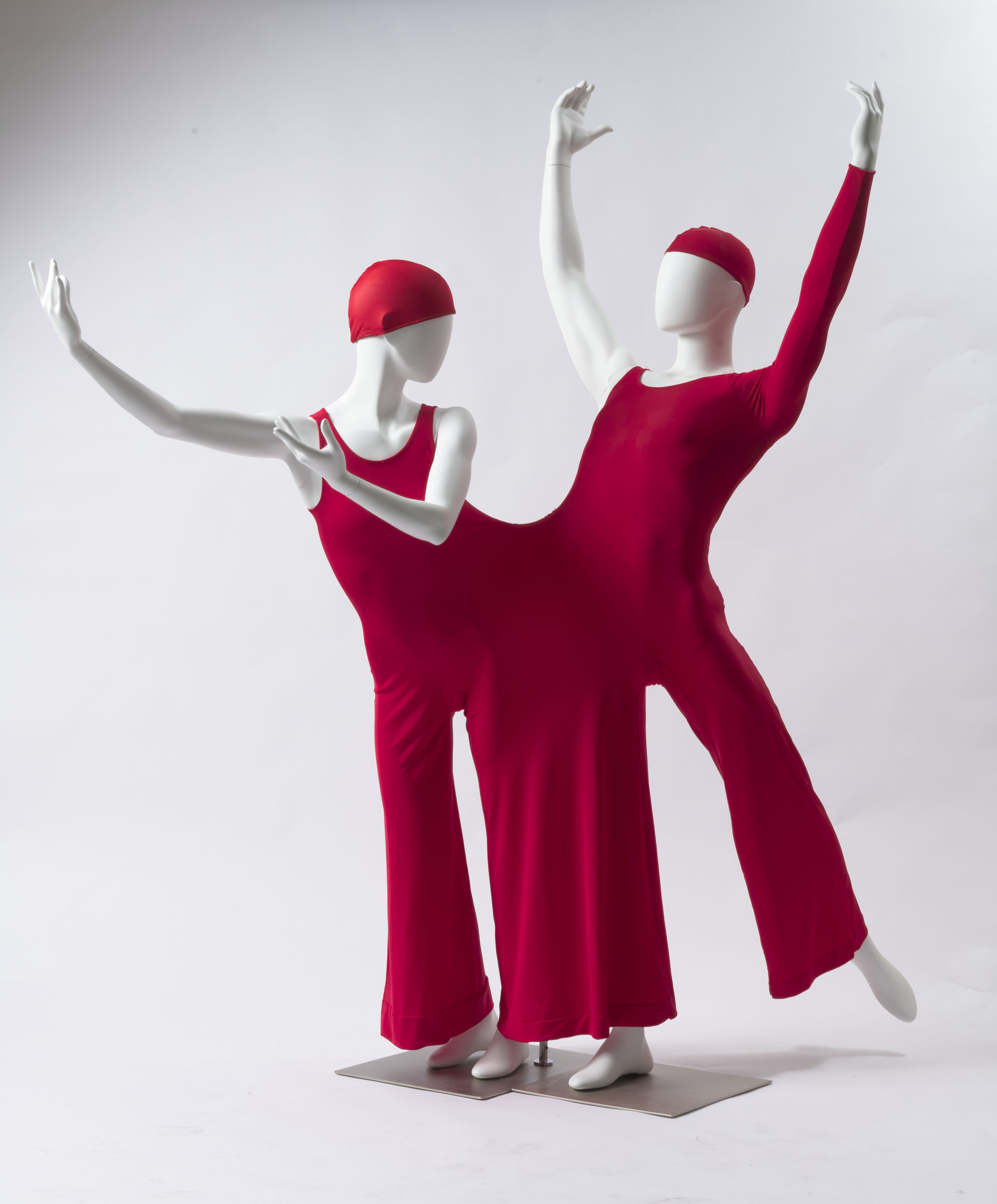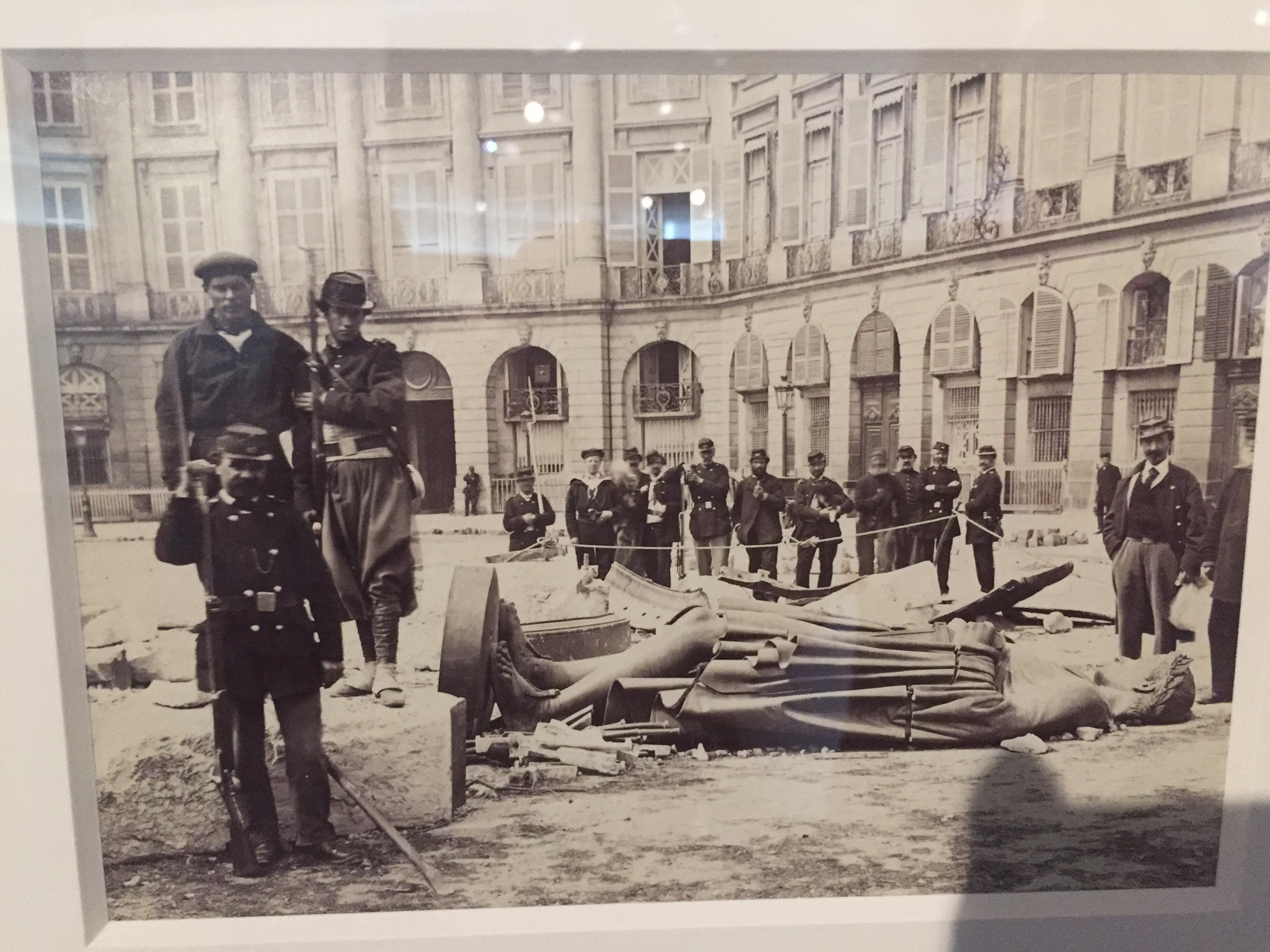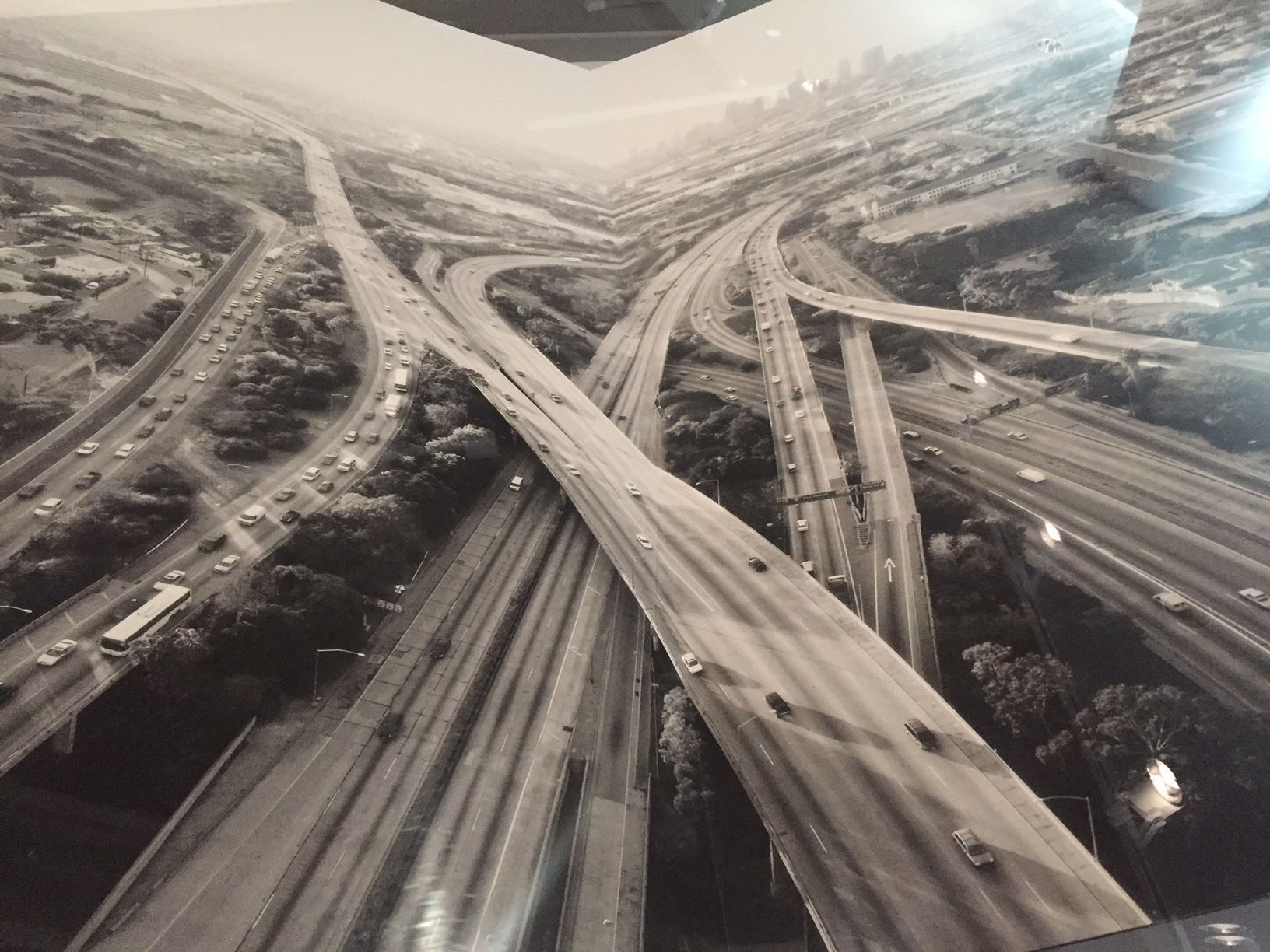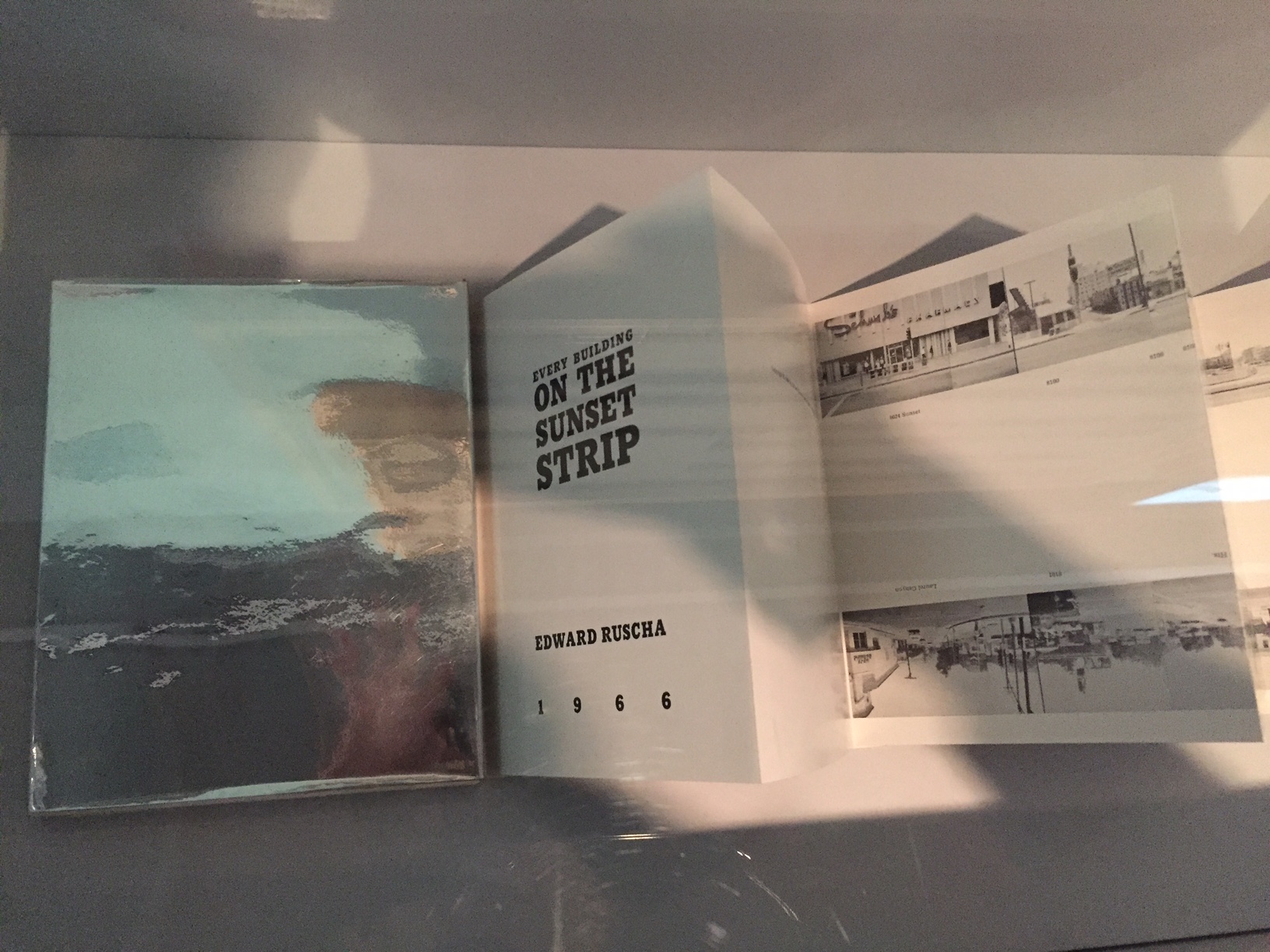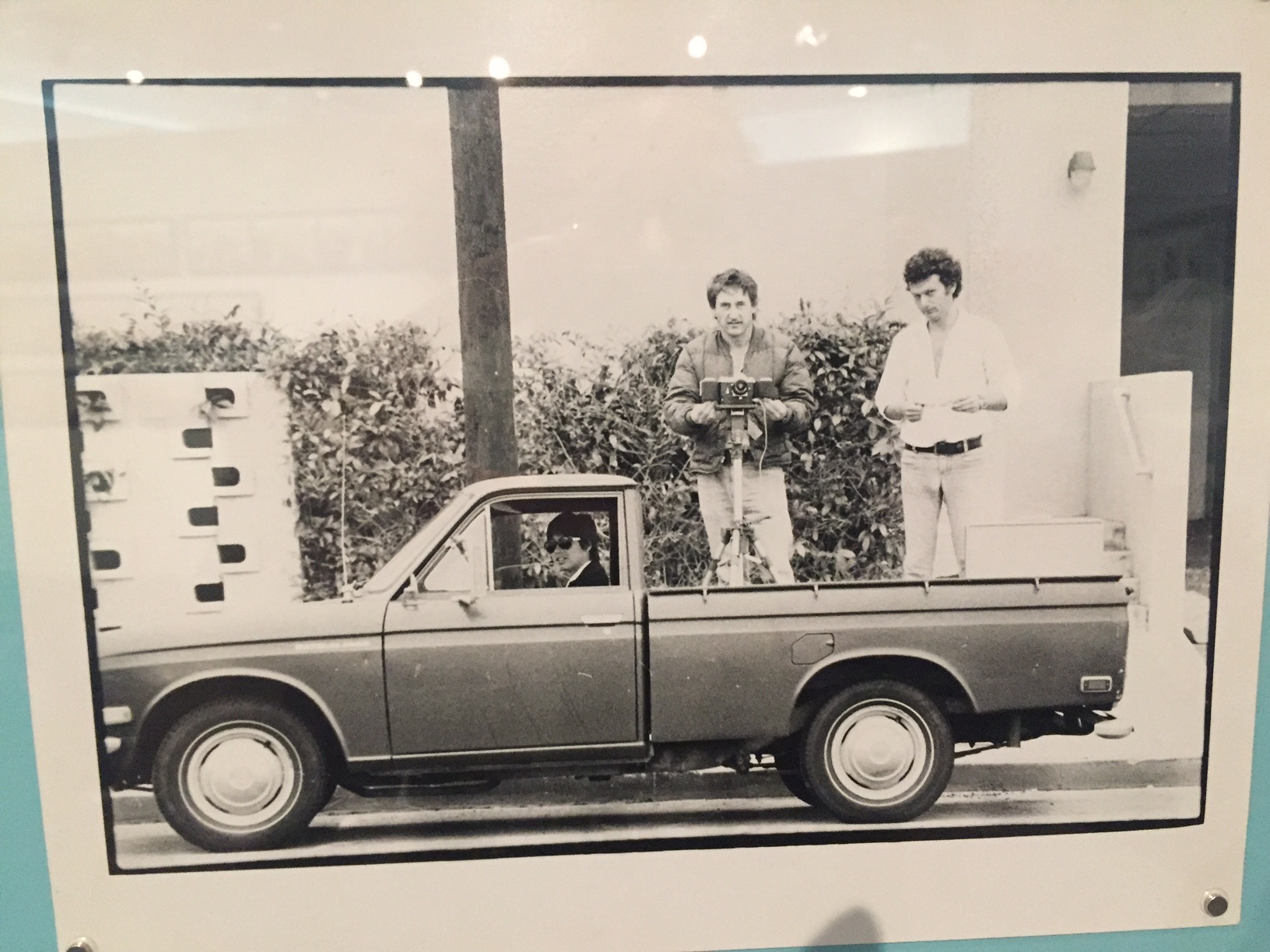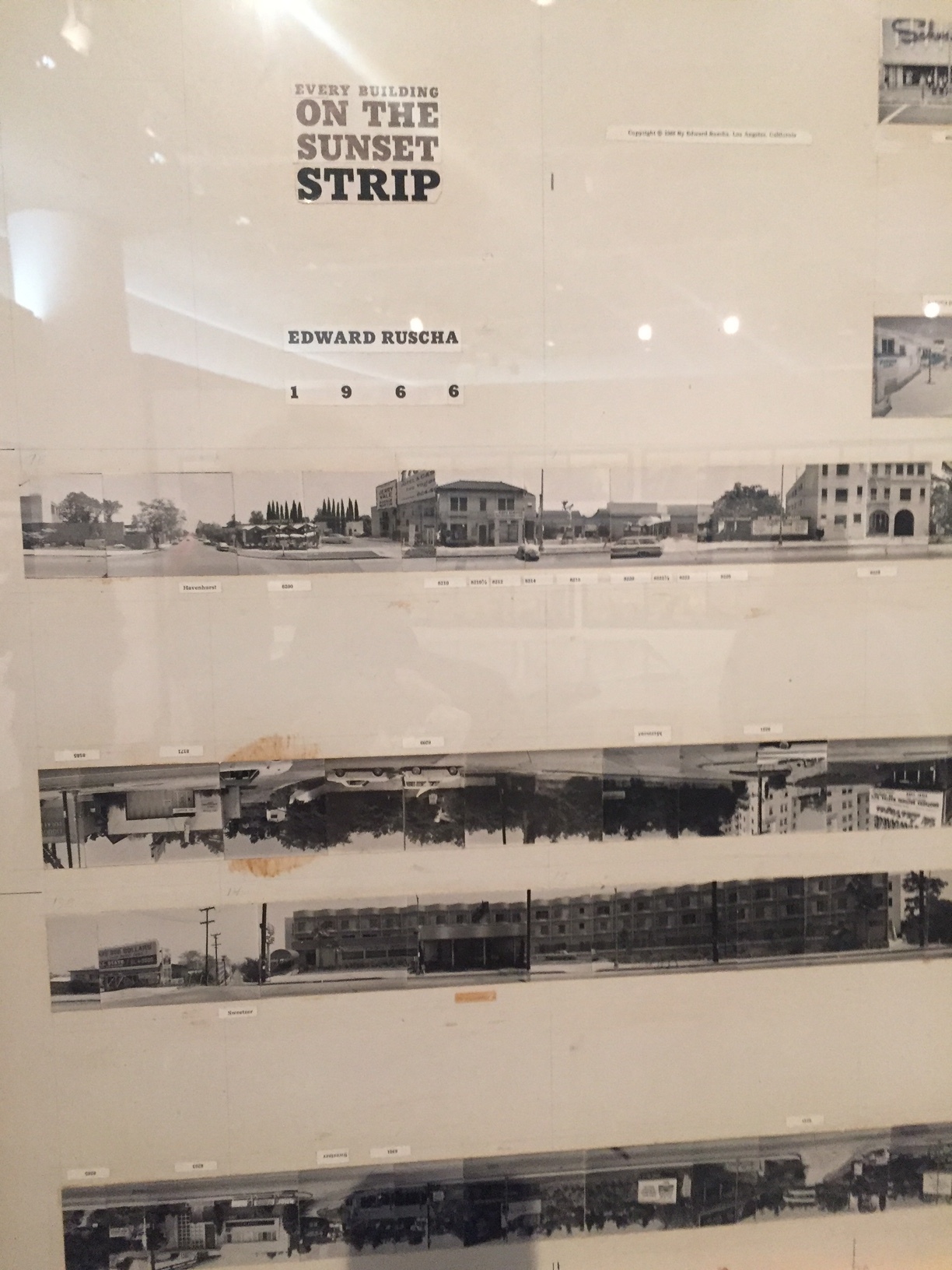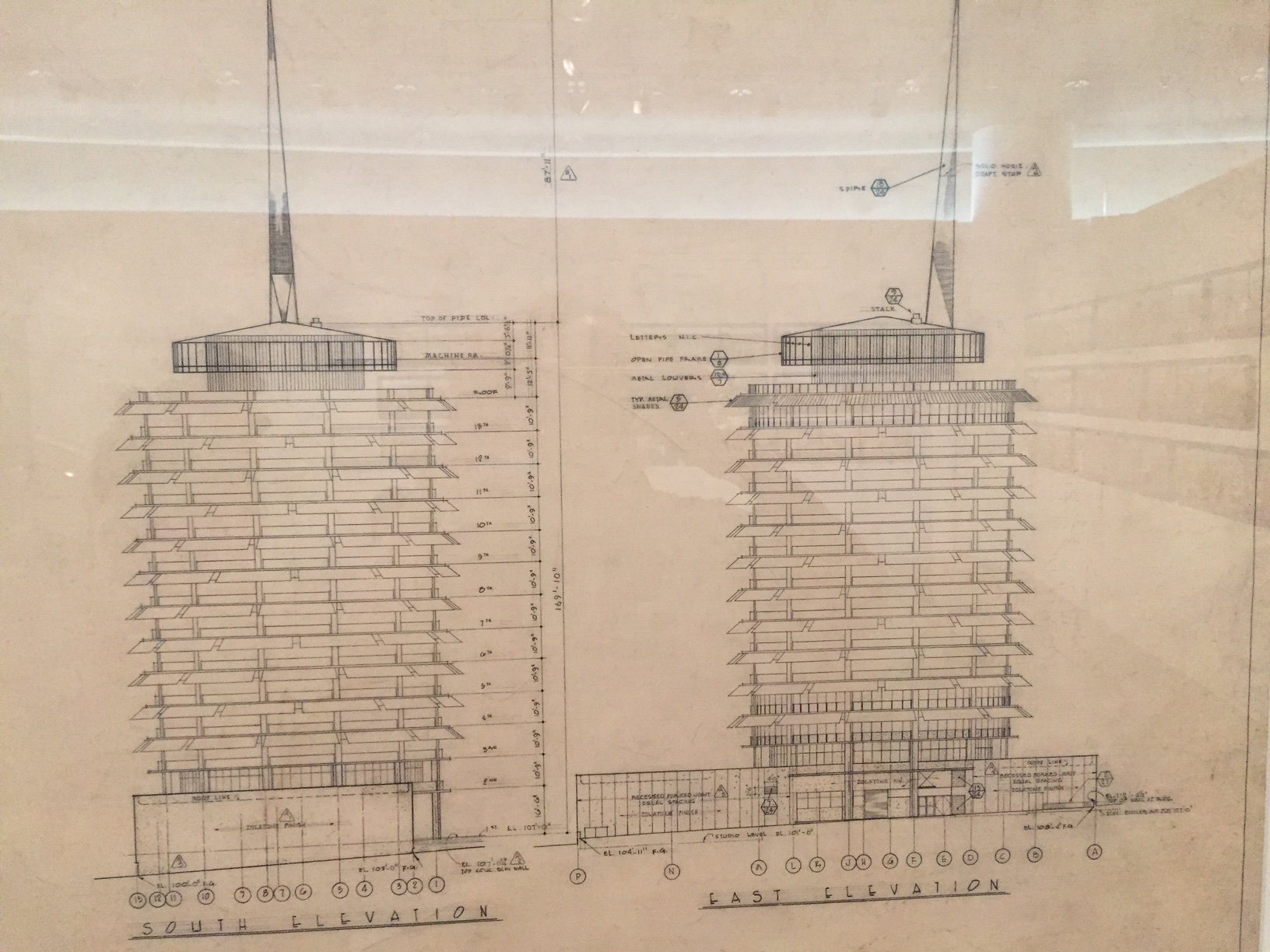On the very eve of mask rules being implemented again in LA, the Blossom Market Gallery with guest impresario, famed artist and teacher, Roger Herman, invited 107 artists to show their work in Chinatown in a Return of The Dragons, a once storied gallery nearby.
The opening was replete with strong attendance by a cross section of Angelenos, Aperol spritzers and even protestors!
It was a case of dynamism and heart in the face of so much angst. Spirits were high.
Three examples of the work by Martin Schnapf, Erin Terfry and Victor Henderson which caught my eye.
In two weeks it's Felix Art Fair and the first LA Gallery Weekend. LA soldiers on.
Paul Williams archive goes to the Getty
When I moved to Los Angeles, we were lucky enough to rent a house we would never have been able to afford from a couple who were unsure of their plans for the property. The house was pedigreed, having been built for an action star in the forties, then eventually owned by a music celebrity and finally this wealthy couple. This house, by Paul Williams, a black architect known as "Hollywood's architect" (along with Tony Duquette and A. Quincy Jones) had rooms so vast that we used the living room as a soccer field for the children and one of the hallways as a living room.The yard had grottos and caves and winding walkways fit for a movie set. We knew we had landed in the LA dream and we cherished it for the short while it lasted. The house itself was classic but the architect was anything but. He was something of a chameleon, designing very contemporary things as well, and most importantly, he had an uncommon sense of civic pride that made him a true asset of Los Angeles which had often lost its architectural way as it grew into the urban sprawl we know today. Many civic projects also bear his imprimatur. Today, on Juneteenth, I celebrate Paul Williams and his legacy.
Agnes Varda's short film about LA heroines
Agnes Varda made a charming film The Little Story of Gwen from French Britanny portrait for her friend Gwen who is now the head programmer of the American Cinematheque in LA but who at one time was an emigre to Los Angeles. As is her wont, Varda took the simplest of subjects and went back and forward in time to make it personal, but universal: a young woman on the rebound, searches, and then finds, a new journey for her life. Varda's voice over is typically understated, drawing connections between the girl on the bicycle (what could be more French and non-LA) and every girl. See the full short film at American Cinemathique.
Gernreich at the Skirball: Bring back the sixties!
Rudi Gernreich, a gay Viennese Jew emigrated to the US and found a place first in the world of modern dance (Lester Horton, Bella Lewitsky et al) and then in fashion. At the Skirball Center in Los Angeles, where Gernreich made his home, a retrospective is smart and stylish. Known for his knit, often patterned dresses, mini skirts, jumpsuits and bathing suits, Gernreich went his own way with model-muses like Peggy Moffitt in tow. Like Mary Quant, he felt women had been constrained by fashion and his dance background made constriction and uplift a thing of the past. Also like Quant he understood marketing and packaging, speaking to a demographic that was young, politically active and eager to make its own mark. The sixties were about those barriers falling away and the fashion still feels fresh and contemporary. Bring back sixties activism!
Monumentality at the Getty: an exhibition filled with solidity and whimsy
The Monumentality exhibition at the Getty Research Institute (in my opinion, always the venue of the great sleeper hits of Getty curatorial initiatives) is of a cosmic piece with the MoMA show on Yugoslav Concrete Utopias. It’s much smaller but it has as thesis that monumentality is not only defined by concrete but also other structures and natural objects that have a certain considerable mass and effect on the environment.
In particular it dials down on Los Angeles as a home to monumental structures that are more unconventional and opens one’s eyes to the very concept of monumentality.
It begins with Trajan’s Column in Rome, the Place Vendome copy in Paris, built, destroyed and rebuilt depending on the political whims of the French and their view of Napoleon, and Palmyra, Syria sites that are, alas, no longer with us.
But it quickly moves on to things one might not have considered ‘monumental’ at the outset and by the end of the small but pungent displays make a convincing case that the infamous Los Angeles freeways, the LA River, Virginia Dwan gallery’s Earthworks show, the Capitol Records building, Tacita Dean’s riff on a JG Ballard paired with the Smithson Spiral Jetty, and the Moon itself are also ‘monumental’.
My favorite is, of course, Ed Ruscha’s Every Building on the Sunset Strip. This small fold-over book, a personal talisman for me loaded with emotional freight, is here backed up by Ruscha’s handwritten production notes for the original shoot (plus a follow up video of Hollywood Boulevard, seen below). This conceptual piece—a pre-animation— has resonance well beyond his original intentions as it serves both as a marker of what once was on the street as well as a new definition of urbanity while more strictly traditional cities were in flagrante of this low-rise kind of density.
In an adjacent gallery, there is some overlap to the MoMA show especially in a charming film of the Yugoslav Tito-era Communist monuments which shows them in overgrown, grassy situ juxtaposed with interviews with locals who live adjacent to them. This verite film is priceless as it captures the solidity of the fantastical monuments as well as their (certainly unintended) whimsy. One commenter dryly notes that “without having moved a muscle” he has lived under 5 successive regimes.
In the museum there is the sublime Renaissance Nudes exhibition, monuments of an entirely other kind. The air is ultra clear and cool and after the fires, it is a splendid time to be in Los Angeles and a needed respite from the more dire news from our nation’s capital.



